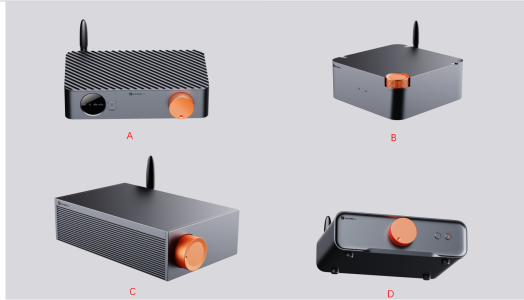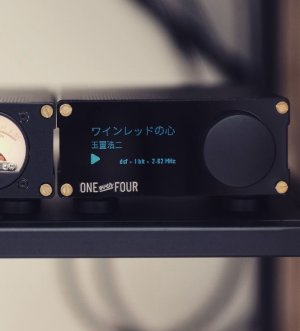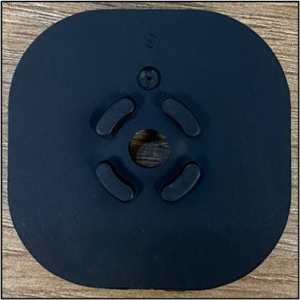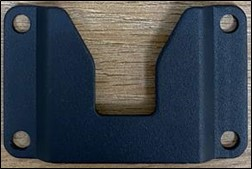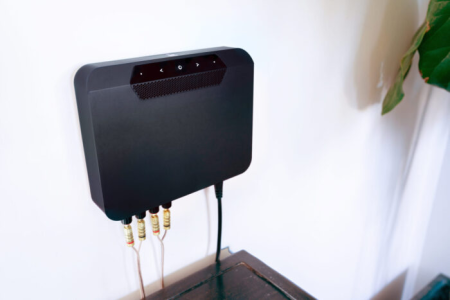Below I am going to list a series of features that would be essential for my use case, but also thinking about the rest of the users and keeping costs low.
1.- I find A to be the most attractive design, although D is more faithful to the style of the Fosi brand. They both seem very good to me.
2.- Monochrome OLED screen for certain information about the file being played, source, volume, etc. No color touch screens that drive up the retail price.
3.- Inputs:
*Analog (RCA with line level, without phono stage. Anyone who likes vinyl can connect their own phono stage and not raise the price for a feature that a minority uses)
*Digital (RJ45, WiFi, optical, coaxial and HDMI with the ability to send image to the TV, it can be the information that is on the screen, VU meters, Control Panel, etc.)
4.- Outputs:
*Analog (Balanced, please! XLR or TRS and RCA single ended)
*Digital (Optical, coaxial or both, to have the possibility of using with external DAC, personally it seems redundant to me, but many people do it) *Sub Out (with bass management!, LPF and HPF this seems VERY important to me, since many of us connect these devices to low-power amplifiers, and it is essential to be able to integrate a subwoofer correctly, without overlapping low frequencies and prevent the front ones from reproducing them, leaving this task to the sub)
*Bluetooth (personally I don't use it, it seems redundant to me and I don't understand those who request it, but there are some)
5.- In/Out USB (to be able to connect a storage unit or output to an external DAC)
6.- The choice of the DAC and its implementation also seems to me to be of vital relevance. Last generation ESS Sabre (9039) or AKM (449X), I think they would be the ones.
7.- I agree with other forum members that the user experience and the application environment is mandatory in this type of device. Friendly, simple software, with constant updates, is essential.
8.- Bluetooth remote control (not my use case, even more so if the application is well developed, but there are many people who use it)
9.- It should have compatibility with the main streaming services (Tidal Connect, Spotify Connect, Deezer, Qobuz, ChromeCast or GoogleCast and Airplay2)
10.- 12v trigger
11.- Since the development is carried out from scratch, it would be good to adapt the housing for eventual hidden use or with wall application through a separate accessory, such as the PowerNode Edge has.
12.- It would be a lot to ask, but if the cost allows it, a room correction function would be more than welcome. Even more so if it can be improved through software updates in the future.
13.- Personally I don't like devices with an external power supply, but it is a personal taste. I would put the power supply inside the cabinet.
14.- If you put a volume knob on it, please use the same material as the casing! in this case aluminum. Making it out of plastic is unforgivable. The feel when rotating should be more of soft resistance than lightness.
Finally, I want to indicate that this list of features seems like a description of the WiiM Ultra, but I am convinced that LinkPlay has made very little mistakes, it has done a good job and I would really like to have a Fosi product that is a worthy contender in this sector.
Once again I thank you for the opportunity of bring my thoughts and reiterate that these are only my opinions and points of view.
Greetings!
